A colleague recalls the achievements and personality of the electrochemist at the centre of the cold fusion debacle
Martin Fleischmann was one of the giants of 20th century electrochemistry. He was always stimulating, challenging, creative, iconoclastic and great fun.
He started his career at Imperial College London in 1947, with his first publication coming after he moved to Newcastle in 1951. This early paper has many of the hallmarks of his work: designing and building a new instrument; a comprehensive set of measurements; careful theoretical development fitted to the data. Finally, the paper is beautifully and clearly written. His series of papers on electrocrystallisation, electrochemically-induced solid-state transformations and the anodic deposition of insoluble phases are classics, and have defined the field ever since.
When he moved to the University of Southampton in 1967, he took with him a group of exceptionally talented people and soon attracted more. The whole gamut of electrochemistry was covered, from big electrochemical engineering projects to photoelectrochemistry and the first in-situ spectroelectrochemistry. To visit Southampton electrochemistry in the mid-1970s was a revelation: the place fizzed with energy.
Typically, Pat Hendra recalls one morning when he was teaching a small group of undergraduates: ‘Suddenly, the door crashed open and in advanced Martin - eyes slightly glazed, with those oh so familiar words: “I’ve had an idea”. He was, of course, bearing a coffee cup in his left hand with the contents slopping into the saucer and onto the floor. Once he had slurped the contents of the saucer, he excitedly pushed the student at the board aside, rubbed off his efforts and started to explain and illustrate his latest wheeze. We managed to get him out of the door and I explained to my students that they had been privileged to see how genius worked.’ The result of one such session is in Jim McQuillan’s recollection: ‘One evening in August 1973 the extraordinary data from pyridine adsorbed to an electrochemically roughened silver electrode was obtained. The signals were much more intense than expected and this aroused great excitement tempered with scepticism.’ This was, of course, the discovery of the surface-enhanced Raman effect that, along with Fleischmann’s development of microelectrodes, is recognised as among the most significant recent developments in electrochemistry. The SERS phenomenon is now understood as an outstanding example of a localised surface plasmon resonance effect and its discovery led to the field of plasmonics. Fleischmann was rightly honoured for these discoveries, by the award of the Palladium Medal of the Electrochemical Society, and by election to the Fellowship of the Royal Society of London.
After taking early retirement in 1983, he arranged to spend his time split between Southampton, Utah and Harwell. One day he asked for a confidential meeting with senior physicists at Harwell and described some experiments he was directing in Utah, involving electrochemical loading of deuterium into palladium, which seemed to produce excess heat. There was obviously scepticism but careful measurements looking for any excess neutron emission from the system began. Safety considerations were perhaps at first not as prominent as they should have been – there was a reminder of the dangers of stoichiometric mixtures of hydrogen and oxygen in the presence of palladium when a cell exploded inside the neutron counter. No neutrons appeared. Then late one night there was a phone call from Fleischmann: he had become convinced that the effect that he had hypothesised was real and he could not keep the lid on any longer. The next day saw the now infamous ‘cold fusion’ press conference at Utah and things went crazy.
Fleischmann came to Harwell about a week later to present his results. First, there were the heat measurements: clearly these had to be repeated. Finally, there was the gamma-ray spectrum, at which point someone said: ’That is not a gamma-ray peak.’ There was a silence. It was not that the peak was at the wrong energy – something that caused a great fuss later – but it was too narrow. It might have been an instrument artefact at the limit of the measurement range. Was this the result that had convinced Flesichmann: someone else’s sloppy measurement on an instrument outside Fleischmann’s domain of expertise? We will never know, but it is a trap we can all fall into. Of course, by then it was too late and the world was baying.
Although all of the results in the original paper turned out to be insufficiently accurate to support the claims, the idea continues to intrigue and attract serious and very careful measurement. The magnitude of the claimed effects has become much smaller as the calorimetric methods have been improved, but it seems that irreproducibility still plagues the study. Trace impurities in the electrolyte, such as silicate leached from the glass cells, may be of importance: intriguingly, a reminder of some of the key considerations in the subject in 1947 that continue to jump up and bite the unwary, and another connection to the beginning of Fleischmann’s scientific career.
Beyond the controversy, we hold memories of a warm, kind and engaging personality, full of insight, energy, enthusiasm and quirky humour. He was a formative influence on a whole generation of electrochemists, who will all remember those wonderful ideas sessions, a kind gesture (‘I’ve taken a house at Villars: come skiing!’) and the love of a good wine and a good joke. He taught that science is great fun. He is much missed.
D Williams
Auckland, New Zealand

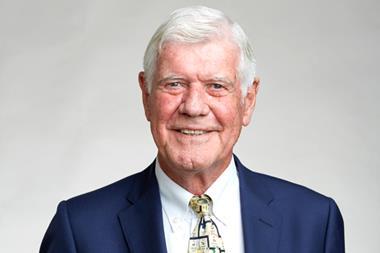
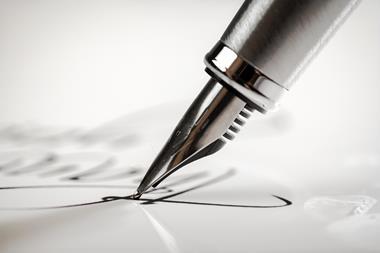
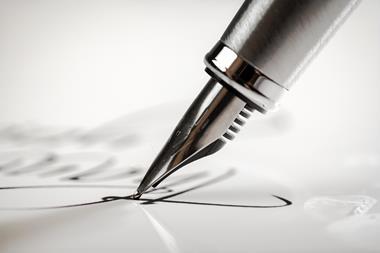
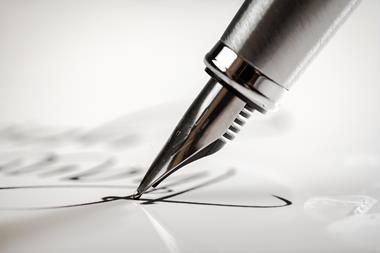

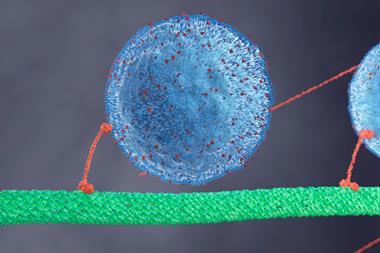





No comments yet